The broadly accepted and most authentic account of the Creation, among Christians comes from Genesis, the first book of holy teachings commonly known as the King James Bible. The King James version of the Bible has been part of Western Civilization since the second decade of the 17th century. It started around 1604 when the king declared it was necessary to clarify and standardize several religious practices. He tasked over fifty of the best Bible scholars to do an “authorized translation” of the Geneva Bible. The Geneva Bible (completed and used in ceremonies from the mid-1550s) was among the first translations of holy scriptures into English.
The work of the translators took seven years, and in 1611 when it was published the translation created a profound change in English literary traditions that lasted well into the mid-1900s. It also affected the practices of English speaking Protestants, the methods by which Protestant children were taught, and the access Protestants had to religious literature and canon law.
When the scholars and translators were finally in convention, it made perfect sense to begin with a thorough and complete account of the Creation – ergo, Genesis, the origin or coming into being of something. In this case, the world and all that lives in it.
God’s work on the sixth day of creation must have been a challenge. It is truly amazing how the scholars and translators handled the details.
To paraphrase a published account, God spent six days creating Earth (also, presumably, the universe) and on the seventh day, he rested. His final creation on the sixth day was a man he named Adam. Adam was made from the dust of the ground and God’s own breath. God gave Adam control over all the plants and animals, but there was one restriction. Adam was told of the Tree of Knowledge of Good and Evil and was told not to eat the tree’s fruit. (the general idea that it was an apple tree came later). Apparently God made sure that Adam knew that he could eat from any tree in the garden; but not from the Tree of Knowledge of Good and Evil, and if he did, he would certainly die.
All the time that Adam was living in paradise (in the Garden of Eden), he was lonely. God saw this and said, “It is not good for man to be alone. I will make a helper suitable for him.” [Let’s use the “PAUSE” button here for a comment. I can’t imagine how the scholars of the 17th century could possibly know what God said during the Creation, therefore I will presume that the quotation marks are superfluous and continue without additional citations to imagined conversations God had with himself.]
If there had been a postcard publisher created on the same day as Adam, this would be when – right after God said what he did about making a helper for Adam – one of them would had entered the stage and asked for a “cut” in the action so he could prepare a series of postcards. The first one would show God removing one of Adam’s ribs that would be used to create Eve.
The second in the series would be when Eve was introduced to Adam, and Adam said, “I am pleased. You are a bone of my bones and flesh of my flesh; she shall be called ‘woman’ for she was taken out of man.”
It may be left to the imagination of the reader in what order the cards would appear in a set, but a suggestion that there should be a card that illustrates, “How the serpent convinced Eve it was okay to eat the fruit,” “How Eve convinced Adam that the serpent was right,” “What happened when God discovered their sin,” “How the couple was expelled from the Garden of Eden,” and “Where did they live (and die) after their banishment.
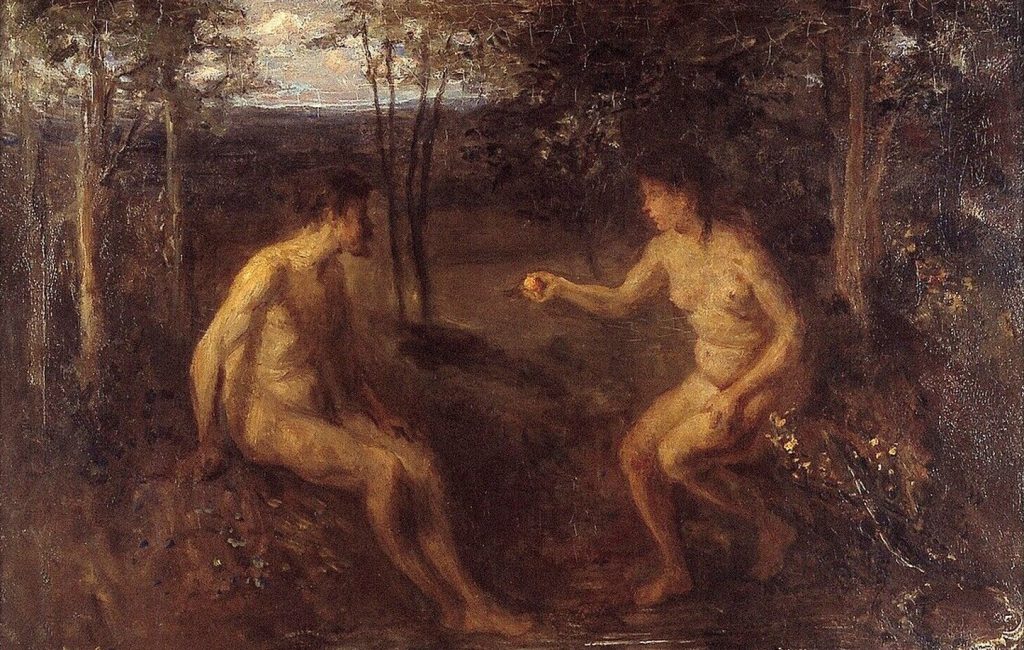
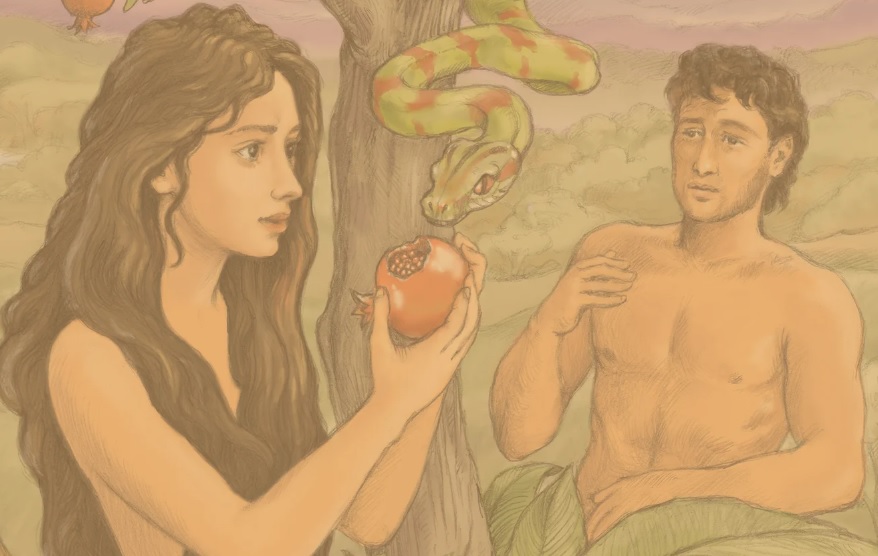
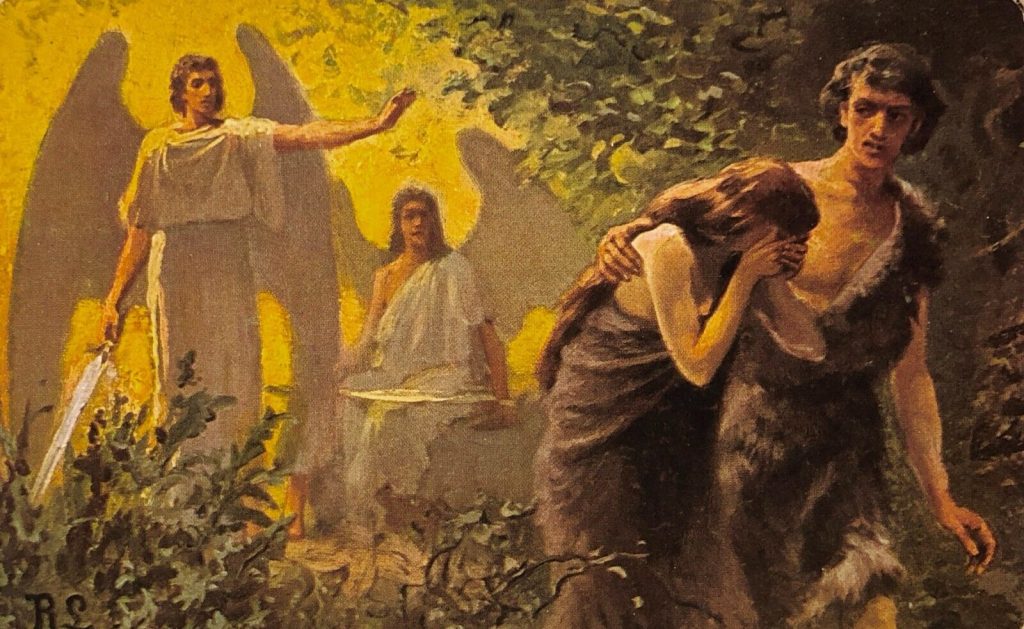
Suffice it to say, the topic of Adam and Eve is not universally popular among postcard publishers. Some artists may have developed obsessions, but certainly an equal number have rejected suggestions. We must also realize that times change and that concept ideals are much different.
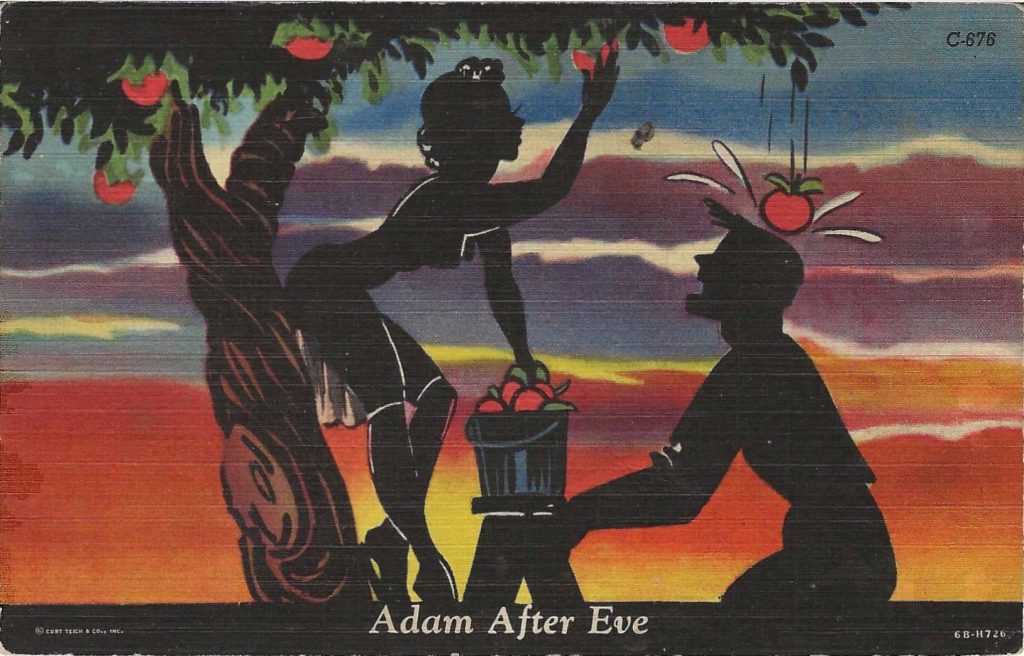
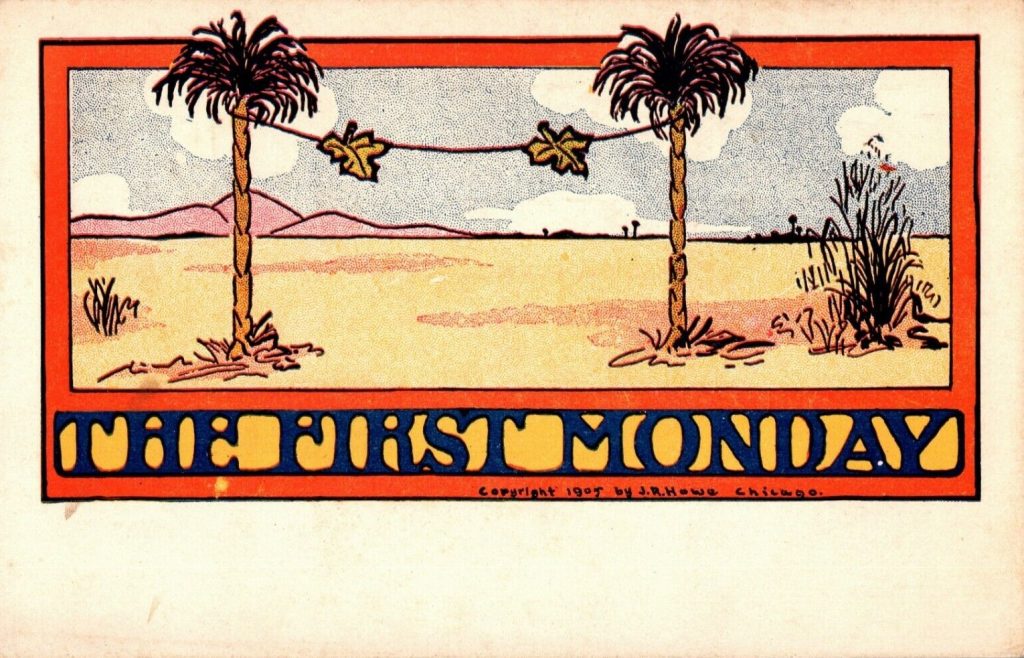
Some of these cards are examples of Adam and Eve postcards collected as visual-aids for a Sunday School lecture. I no longer teach Sunday School, but it is still fun to look at the postcards and remember some of the “off-hand” remarks the children made about them. One that is fondly remembered came from an eight-year-old girl who after gazing at the “First Monday” card, turned to me to say, “My mom never puts our clothes on a rope; she has a dryer.”
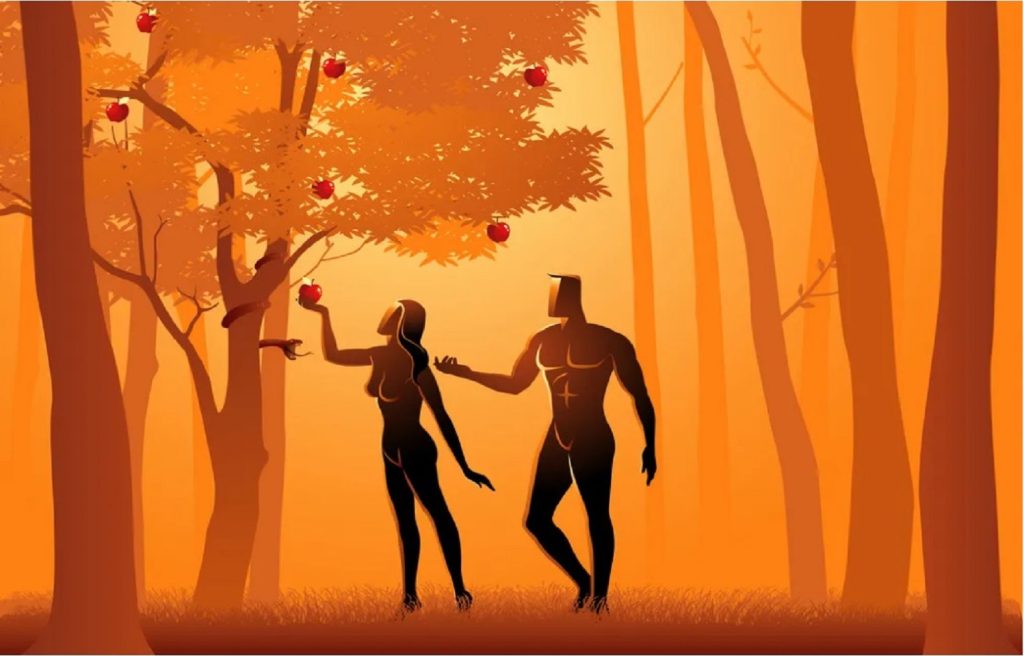
I’m reminded of the old joke about Sherlock Holmes being sent to Heaven to find Adam and Eve, and succeeding by realizing they would be the only people without navels.
Thank you for these wonderful articles! I was really intrigued by the Adam and Eve article. There are postcards that follow the biblical aspects of Adam and Eve in the Garden of Eden with the snake and the apple. In fact, some people may only collect postcards representing the Genesis version of creation of people on earth. It is a popular topic with postcarders. In contrast, there are postcards showing a satire representation of Adam and Eve in the Garden of Eden. These postcards may show a more playful or slightly sinful version of Adam and Eve and less biblical… Read more »
I bet Edith Romaine gave the most interesting Sunday school lectures ever.